Things You Can Forage for Free
Our desert climate may be the perfect habitat for a cactus, but there are many other wonderous things that grow here in southern Spain, and many people are not aware that you can find a lot to take home with you. Even from official farms! Many even leave baskets at the side of their farm to let you know it’s fine you take these after harvest or if you ask nicely most farmers will allow you to take some. So get in your car and start driving around and start collecting, but what can you actually forage for free here in Almeria?
There are too many to mention, from watermelons to courgettes, lettuce and cauliflower at farms and of course all the different orchards that our out there. Just remember to always be sure and ask to farmer if it’s okay. The rest you can actually find in the ‘wild’.

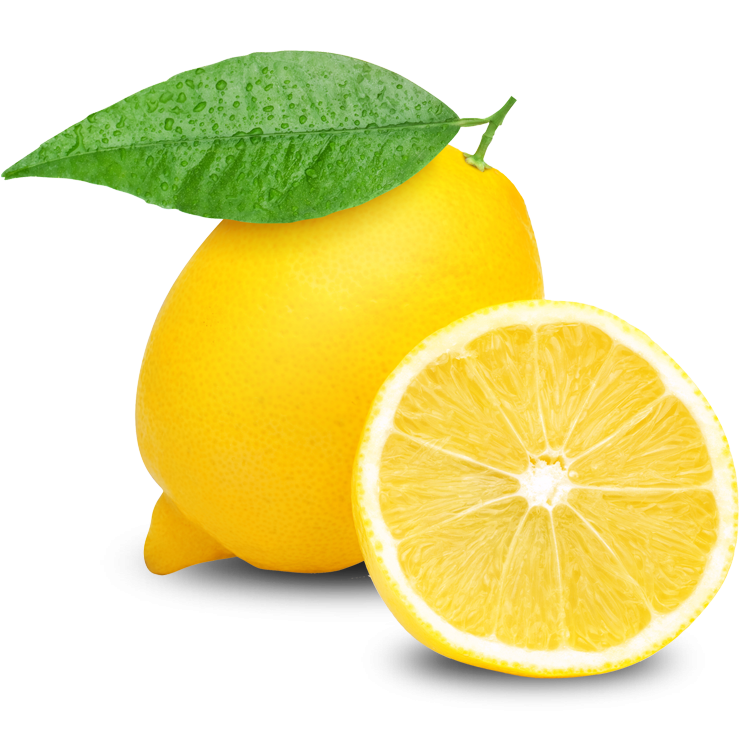
If you haven’t seen a lemon tree, you haven’t been anywhere accept for the beach maybe. Lemon orchards or even ‘wild’ lemon trees are practically everywhere and we all know what another slice of lemon can do with a perfect cup of tea.

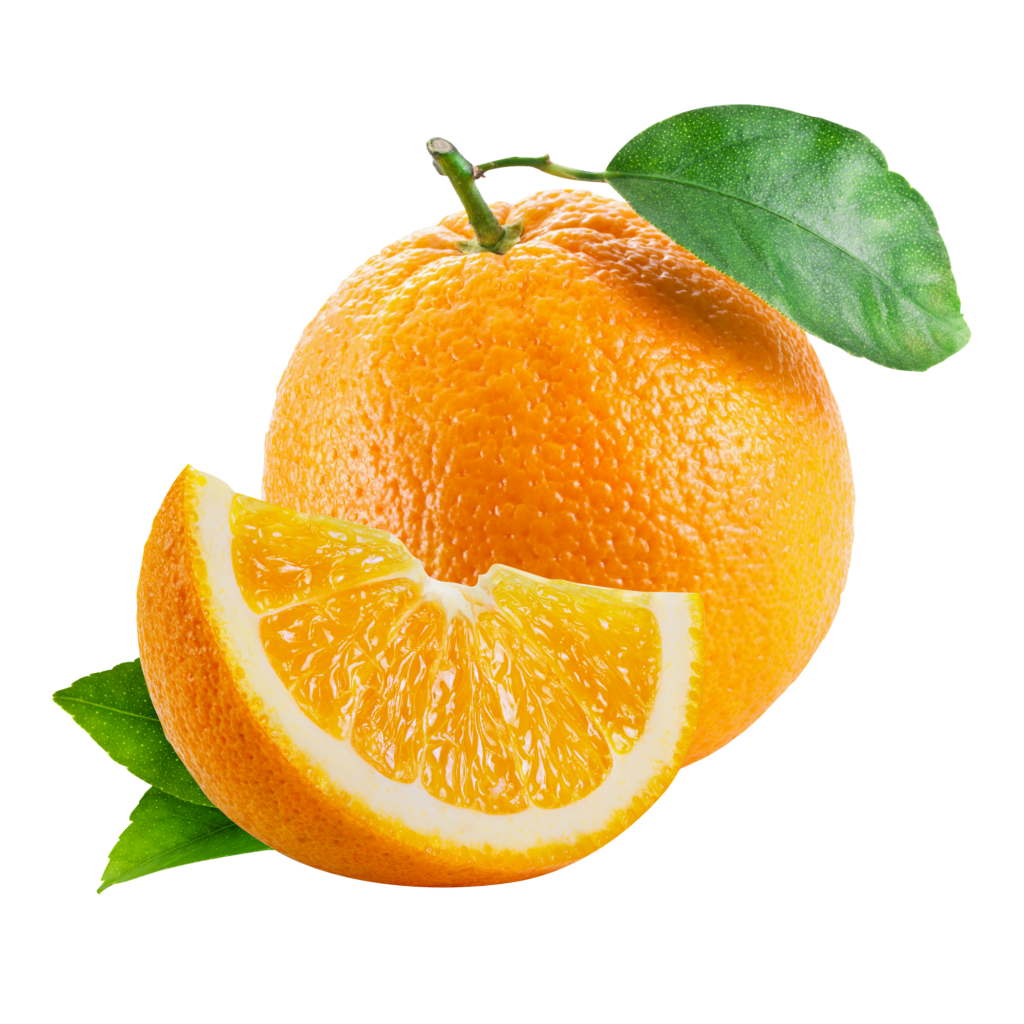
Orange trees are widely known to the region, they’re also typically used as a border tree lining the cities and of course can also be found on farms and in the campo in Originally bought over by the Moors (native Muslims of the region) to southern Spain. Again the law states as much as you can carry and it’s fairly normal to do so here in Spain

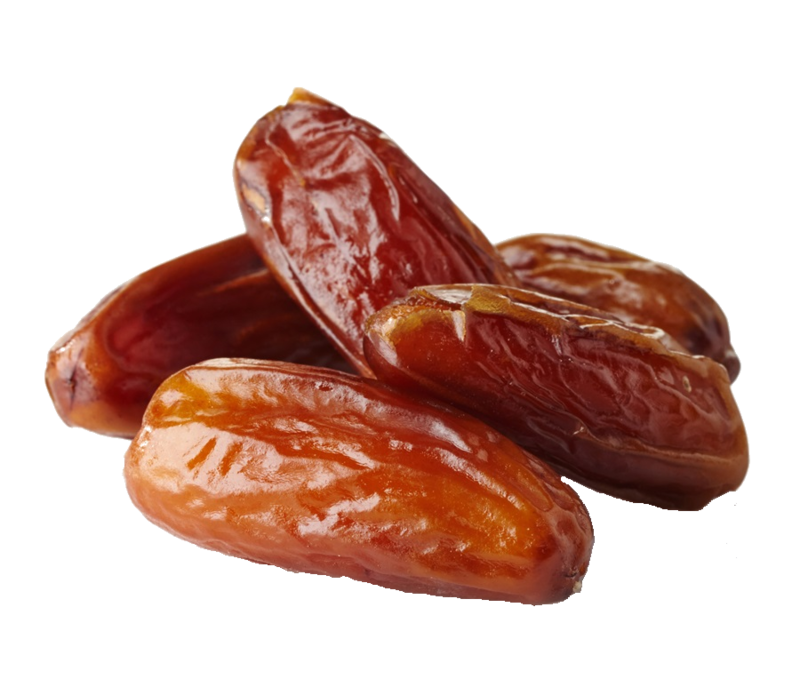
These are normally a little bit harder to find but for the ones who knew those little balls growing on the palm trees at the boulevard weren’t olives were right! First of all because olives don’t grow on palm trees and secondly because those are actual dades.

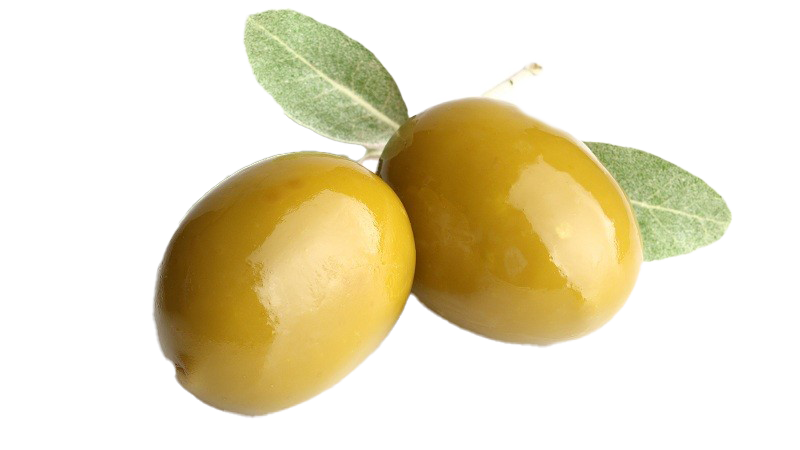
Olives like lemon and oranges are practically everywhere around you, at orchards and pretty much anywhere in the wild as well. Olive trees can get very old and each tree produces in between 50kg and 100kg of olives which is good for around 7 liters of olive oil.

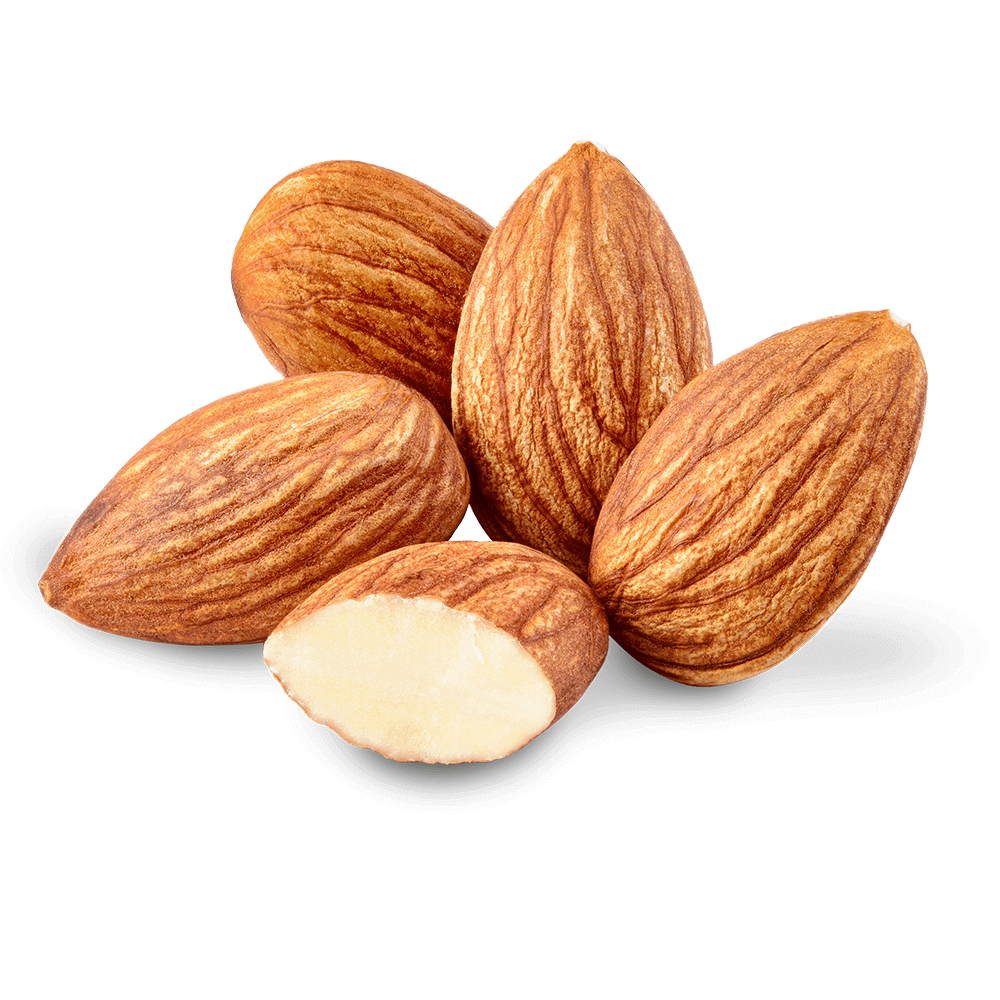
Though not as common as olive orchards, there are quite a few almond orchards and trees around. If you collect enough you might even be able to make marzipan because almonds are the main ingredient.

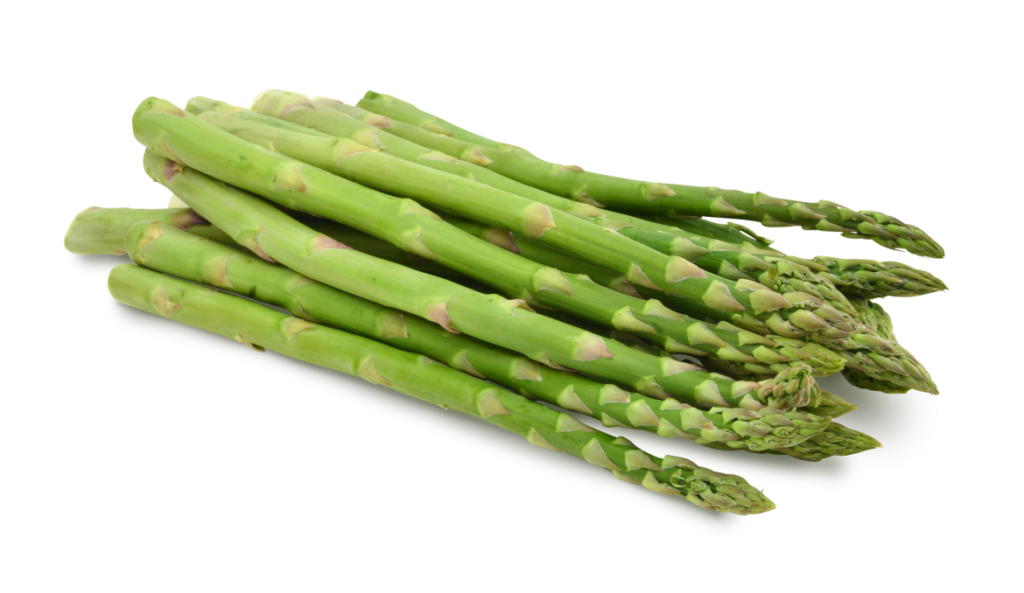
Something you maybe wouldn’t guess is asparagus are around us here in the south of Spain. Actually, we have them here all over particularly a bit more inland. They are common in every corner of unattended plots. The season for wild asparagus begins in spring at the time when the almond trees start to bloom, so that’s a very good sign to know when to start looking for it. They are thinner than the usual store bought ones.


Obvious but still out there for those who know what to look for. Then again if you already know which mushrooms are good and which one are trippy, you already know this.
Fennel seeds

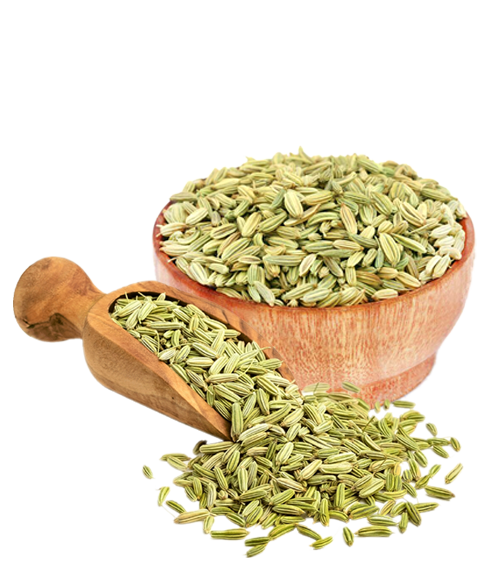
You may find wild fennel growing on the hillside when your chosen day arrives, go for a walk with a pair of scissors and a paper bag. You’ll want to check the seed head of your fennel pant to select the largest seeds and ensure they haven’t already been eaten by the birds! Lay these out to dry in the sun and in a few weeks the seed head will release the seeds. What can you do with fennel? The aniseed flavour, yet delicate taste makes for a perfect addition to salad and pasta dishes.

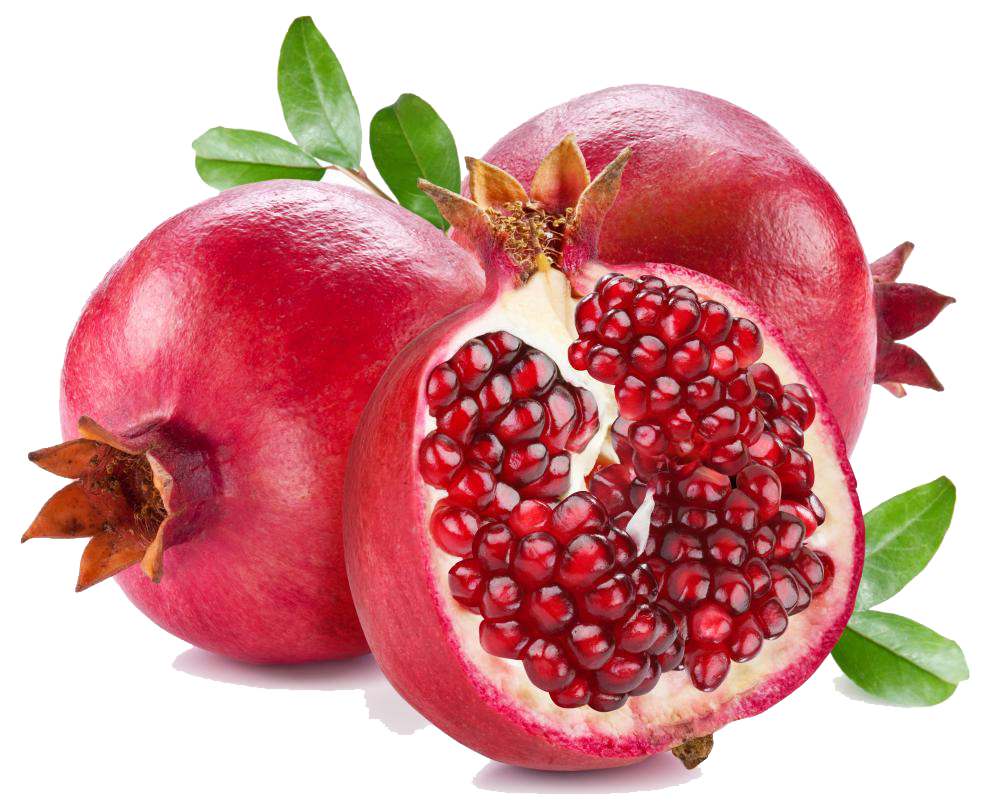
The pomegranate flower is actually the official flower of Spain, neighbouring Granada is named after it, with the place name literally meaning pomegranate! Their trees start to flower around May, finishing up in early autumn. The seeds can be eaten alone and the Spanish varieties generally ripen in August.

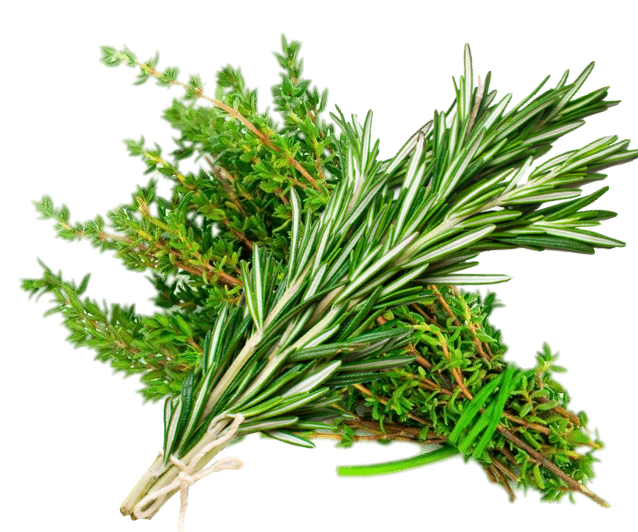
These herbs grow in abundance here close by the sea, Rosemary (translated to Spanish from Latin) literally means “dew of the sea.”
Apparently gargling Thyme infused warm water can help soothe a sore throat too, acting as a natural antiseptic.

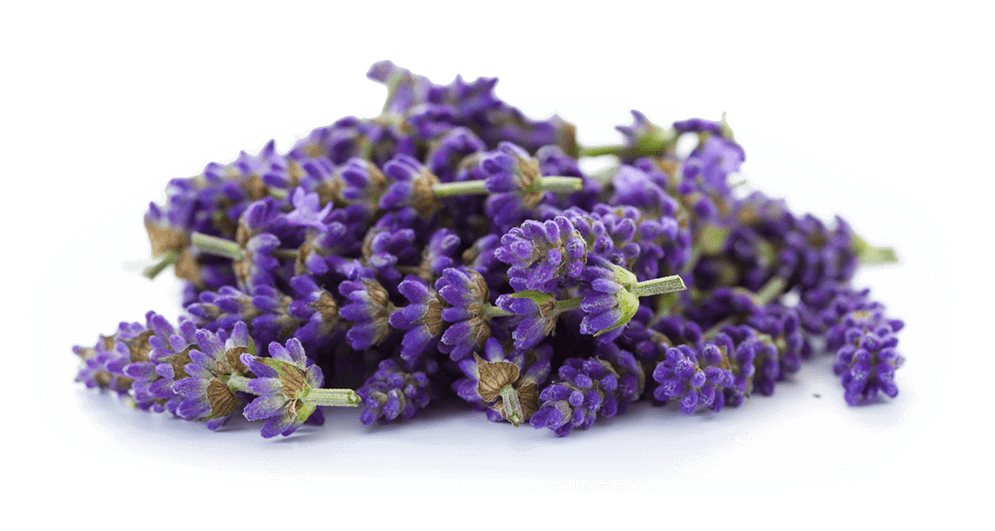
This sleep-inducing herb can be found by the roadside and growing on the hills, another great natural antiseptic which can usually be found in the months of March and April. It’s intoxicating smell can sooth you in an instant, it’s also useful when the oil is applied to a tissue to ease a headache.

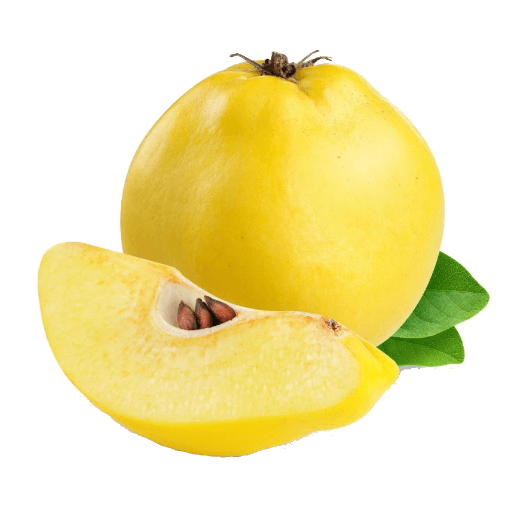
Are in season in August and can be used to make jellies and jams, also good with apples in crumbles. Spain is one of the leading growers of the fruit.

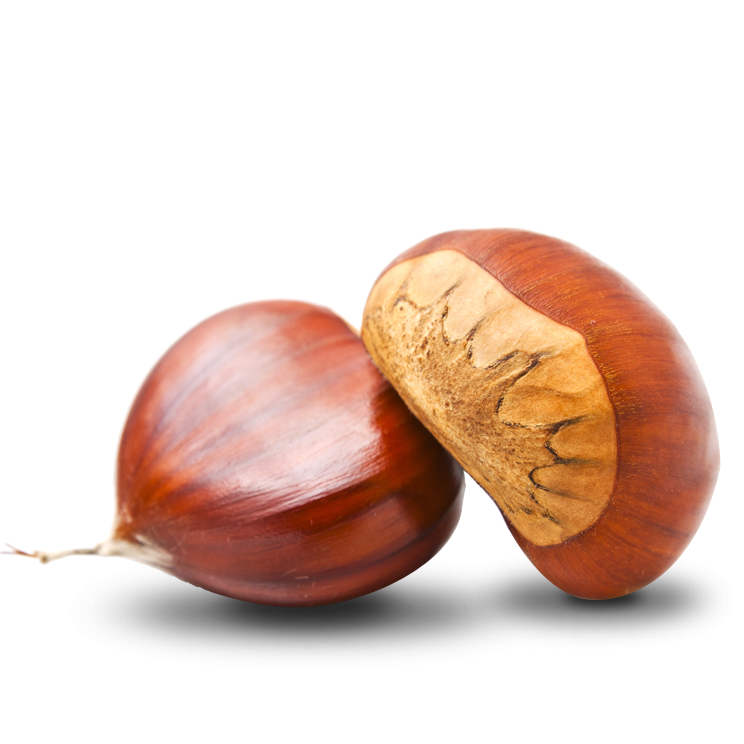
Normally ready in Autumn and found on hilly ground it’s best to take a few extra pairs of hands since entire bags of them can weigh around 40-60kgs!! These versatile babies can be used to add nutty flavour and crunch to dishes, used in stuffing, pasta or deliver a smoky flavour to soups!
Photo by Annie Spratt





